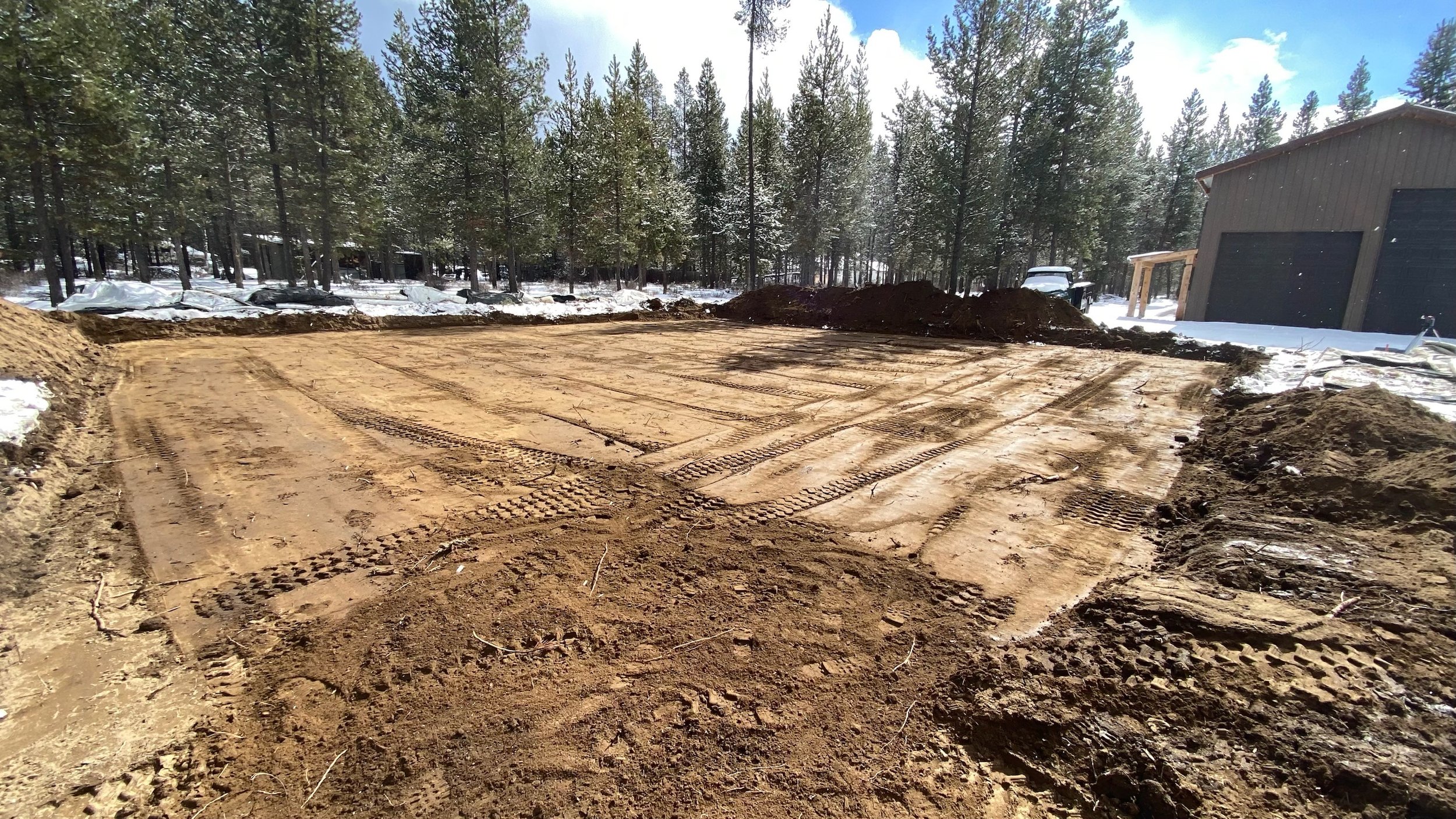What is a Foundation Excavation?
Understanding Foundation Excavation
Foundation excavation is a critical step in the construction process, involving the removal of soil to create a space for laying a building's foundation. This process is essential for ensuring the stability and longevity of any structure, whether a residential home or a commercial building.
The Basics of Foundation Excavation
Before any construction begins, a thorough examination of the site is necessary. This involves assessing soil type, groundwater levels, and the overall topography. The excavation depth and method are determined based on these factors, ensuring that the foundation will be laid on stable ground.
Types of Foundation Excavation
Open Excavation: This is the most common type of excavation, involving digging a large pit to the required depth. It is suitable for most residential and small commercial buildings.
Box Excavation: Used in areas with loose or waterlogged soil. It involves creating a 'box' to prevent the sides of the excavation from collapsing.
Caisson Excavation: This method is used for structures that require deep foundations, such as skyscrapers or bridges. It involves drilling deep shafts into the ground and then filling them with concrete.
Importance in Construction
A well-executed foundation excavation is vital for several reasons:
Stability: It ensures that the building stands on solid ground, reducing the risk of settling or shifting.
Water Drainage: Proper excavation helps in effective drainage around the foundation, preventing water damage.
Insulation: In colder climates, deeper excavation allows for better insulation around the foundation, aiding in energy efficiency.
Challenges in Foundation Excavation
Excavation work comes with its set of challenges, such as:
Soil Type: Different soil types require different excavation techniques. Sandy or loose soils might need additional shoring up.
Weather Conditions: Heavy rain or snow can delay excavation work and affect soil stability.
Existing Structures: Excavation near existing buildings requires extra caution to prevent damage.
BlackSage Dirt Works: Your Excavation Expert
At BlackSage Dirt Works, we pride ourselves on providing top-notch excavation services across Central Oregon. Our expertise extends to all communities, including Bend, La Pine, Sisters, Prineville, Madras, and Deschutes County. We understand the local soil conditions and weather patterns, ensuring that your foundation excavation is done with the highest precision and care.
Why Choose BlackSage Dirt Works?
Local Expertise: We have extensive knowledge of Central Oregon's terrain and climate.
Quality Equipment: Our state-of-the-art equipment ensures efficient and safe excavation.
Experienced Team: Our professionals are skilled in various excavation methods, catering to different construction needs.
Check out our recent post Excavating Contractors in Central Oregon: Your Guide to Expert Services
FAQ
Q1: How long does foundation excavation take?
A1: The duration varies based on the project size and soil conditions. Typically, it can take anywhere from a few days to a couple of weeks.
Q2: Is it necessary to hire a professional for foundation excavation?
A2: Yes, professional expertise is crucial to ensure the excavation is done safely and correctly.
Q3: Can foundation excavation affect nearby structures?
A3: If not done properly, it can. However, with a professional like BlackSage Dirt Works, precautions are taken to minimize any impact.
Q4: How is the cost of foundation excavation determined?
A4: The cost depends on the excavation size, soil type, and specific requirements of the project.
Q5: Does BlackSage Dirt Works provide services beyond excavation?
A5: Yes, we also specialize in septic installation and other dirt works services.
For further information on excavation techniques, visit Construction Magazine's article on Excavation Techniques. Additionally, for a deeper understanding of soil types and their impact on excavation, check out Geology World's insights on Soil Types in Construction.


